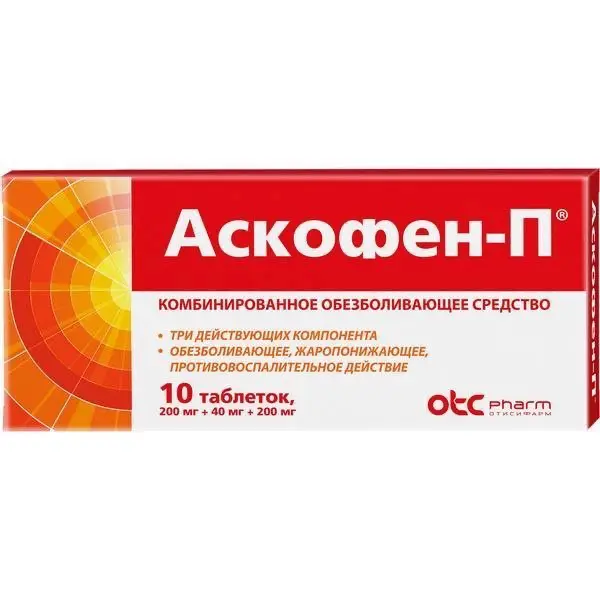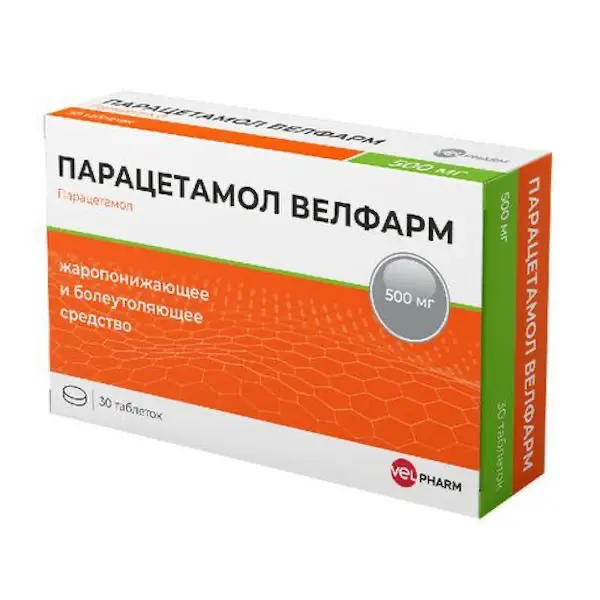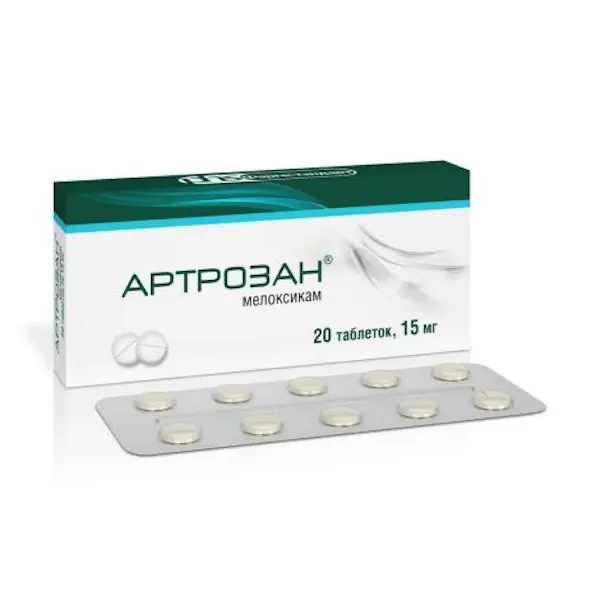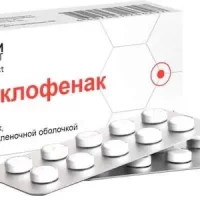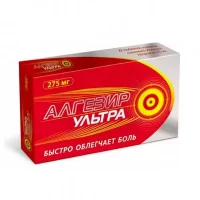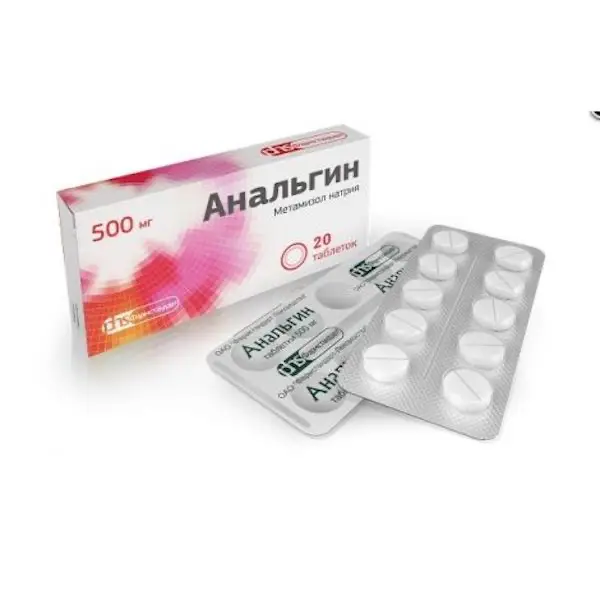Description
Ascophen-P Pharmacodynamics
Ascophen-P® is a combined drug, the effect of which is determined by the components included in its composition.
Acetylsalicylic acid (ASA) has antipyretic and anti-inflammatory effects, relieves pain, especially caused by inflammation, as well as inhibits thrombosis, improves microcirculation in the inflammation. The mechanism of action of ASA is associated with inhibition of cyclooxygenases 1 and 2, which regulate the synthesis of prostaglandins.
Caffeine increases reflex excitability of the spinal cord, excites respiratory and vasomotor centers, dilates blood vessels of skeletal muscles, brain, heart, kidneys, reduces platelet aggregation; reduces drowsiness, feeling of fatigue, increases mental and physical performance. In this combination, caffeine at a low dose has almost no simulative effect on the central nervous system, increases the tone of cerebral blood vessels
It also speeds up the blood supply to the brain.
Paracetamol has antipyretic, analgesic and weak anti-inflammatory effects due to its influence on the thermoregulation center in the hypothalamus and a weak ability to inhibit the synthesis of prostaglandins in peripheral tissues.
Indications
Pain syndrome of mild to moderate severity (various genesis): headache, migraine, toothache, neuralgia, myalgia, arthralgia, algodysmenorrhea. Fever syndrome: with acute respiratory infections, influenza.
Contraindications .
– Peptic ulcer and duodenal ulcer in the acute phase;
– Gastrointestinal bleeding or perforation, peptic ulcer in the anamnesis;
– Severe renal or hepatic insufficiency;
– Hemorrhagic diathesis, hypocoagulation (including hemophilia, hypoprothrombinemia);
– Surgical interventions accompanied by heavy bleeding;
– Pregnancy, period of breast feeding;
– Deficiency of glucose-6-phosphate dehydrogenase;
– Glaucoma;
– Hypersensitivity to the components of the drug;
– Complete and incomplete combination of bronchial asthma, recurrent nasal and paranasal sinus polyposis and intolerance to ASA or other non-steroidal anti-inflammatory drugs (including history);
– Children under 15 years of age as an analgesic, in case of febrile syndrome, under 18 years of age;
– Increased excitability, sleep disorders;
– Organic diseases of the cardiovascular system (including acute myocardial infarction, atherosclerosis);
– Severe arterial hypertension;
– Portal hypertension;
– Chronic heart failure III-IV functional class according to NYHA;
– Simultaneous use of methotrexate more than 15 mg per week;
– Avitaminosis K;
Hypoproteinemia.
Dosage and administration method.
- The drug should not be taken more than 5 days as an analgesic and more than 3 days as an antipyretic (without physician’s prescription and supervision).
- Orally (during or after a meal, with plenty of water when taking each dose).
In case of headache, the recommended dose is 1-2 tablets; in case of severe headache, the next dose is taken 4-6 hours later. - In case of migraine the recommended dose is 2 tablets at the appearance of symptoms, if necessary, a second dose in 4-6 hours. For treatment of headache and migraine the drug is used not more than 4 days.
- For pain syndrome 1-2 tablets, the average daily dose is 3-4 tablets, the maximum daily dose is 8 tablets.
- The course of treatment is not more than 3-5 days. Elderly (over 65 years).
Caution should be exercised in elderly patients, especially in case of low body weight.
Patients with hepatic and renal insufficiency. - The effect of hepatic or renal impairment on the drug pharmacokinetics has not been studied. Taking into account the mechanism of action of acetylsalicylic acid and paracetamol, their use may aggravate renal and hepatic failure. In this regard, the drug is contraindicated in patients with severe hepatic or renal failure (see section “Contraindications”), and it should be used with caution in mild to moderate hepatic and renal failure (see section “Caution”).

